elemintalshop
Mount Everest Sagarmatha & Nepal Map 1 Rupee Nepal Authentic Coin Charm for Jewelry (Holy Mother Mountain) (Head in Great Blue Sky)
Mount Everest Sagarmatha & Nepal Map 1 Rupee Nepal Authentic Coin Charm for Jewelry (Holy Mother Mountain) (Head in Great Blue Sky)
Couldn't load pickup availability
Mount Everest Sagarmatha & Nepal Map 1 Rupee Nepal Authentic Coin Charm for Jewelry and Craft Making (Holy Mother Mountain) (Head in Great Blue Sky)
Obverse: Mount Everest, and "Sagarmatha" (name of Everest in Nepali) as the inscription, with the date.
Lettering:
सगरमाथा
२०६६
Note: Sun and moon, above Mount Everest, with Hindu symbols at the sides. After the anti-royalist Nepali Civil War, in 2006, as a compromise, the royalist Sun/Trident/Moon symbolism was abandoned and only the Sun & Moon symbols were retained.
Hindu Symbols
Top: moon ☽ sun ✹
Upper-left: Sudarshana Chakra (discus weapon)
Lower-left: Padma (lotus flower)
Upper-right: Panchajanya shankha (conch)
Lower-right: Kaumodaki gada (mace, weapon)
Bottom, year, numerals on left and right
The Nepali name for Everest is Sagarmāthā (सगरमाथा) which means "the Head in the Great Blue Sky" derived from सगर (sagar) meaning "sky" and माथा (māthā) meaning "head" in the Nepali Language. ... The Tibetan name for Everest is Qomolangma (ཇོ་མོ་གླང་མ, lit. "Holy Mother".
Reverse: Nepal Map with mountains and value in English above and in Nepali below
Lettering:
NEPAL Re.1
नेपाल
१ रूपैयाँ
Features
Issuer Nepal
King Gyanendra Bir Bikram Shah (2001-2008)
Period Federal Republic (2008-date)
Type Standard circulation coin
Years 2064-2066 (2007-2009)
Calendar Vikram Samvat
Value 1 Rupee
1 NPR = USD 0.0080
Currency Rupee (1932-date)
Composition Brass plated steel
Weight 4 g
Diameter 20 mm
Thickness 1.8 mm
Shape Round
Technique Milled
Orientation Medal alignment ↑↑
Number N# 11191
References KM# 1204
Wikipedia:
Mount Everest (Chinese: 珠穆朗玛 Zhūmùlǎngmǎ; Nepali: सगरमाथा, romanized: Sagarmāthā; Tibetan: Chomolungma ཇོ་མོ་གླང་མ) is Earth's highest mountain above sea level, located in the Mahalangur Himal sub-range of the Himalayas. The China–Nepal border runs across its summit point. Its elevation (snow height) of 8,848.86 m (29,031.7 ft) was most recently established in 2020 by the Nepali and Chinese authorities.
The Nepali name for Everest is Sagarmāthā (सगरमाथा) which means "the Head in the Great Blue Sky" derived from सगर (sagar) meaning "sky" and माथा (māthā) meaning "head" in the Nepali Language.
The Tibetan name for Everest is Qomolangma (ཇོ་མོ་གླང་མ, lit. "Holy Mother"). The name was first recorded with a Chinese transcription on the 1721 Kangxi Atlas during the reign of Emperor Kangxi of Qing China, and then appeared as Tchoumour Lancma on a 1733 map published in Paris by the French geographer D'Anville based on the former map.[10] It is also popularly romanised as Chomolungma and (in Wylie) as Jo-mo-glang-ma. The official Chinese transcription is 珠穆朗玛峰 (t 珠穆朗瑪峰), whose pinyin form is Zhūmùlǎngmǎ Fēng. While other Chinese names exist, include Shèngmǔ Fēng (t 聖母峰, s 圣母峰, lit. "Holy Mother Peak"), these names largely phased out from May 1952 as the Ministry of Internal Affairs of China issued a decree to adopt 珠穆朗玛峰 as the sole name. Documented local names include "Deodungha" ("Holy Mountain"), but it is unclear whether it is commonly used.
In the late 19th century, many European cartographers incorrectly believed that a native name for the mountain was Gaurishankar, a mountain between Kathmandu and Everest.
In 1849, the British survey wanted to preserve local names if possible (e.g., Kangchenjunga and Dhaulagiri), and Andrew Waugh, the British Surveyor General of India argued that he could not find any commonly used local name, as his search for a local name was hampered by Nepal and Tibet's exclusion of foreigners. Waugh argued that because there were many local names, it would be difficult to favour one name over all others; he decided that Peak XV should be named after British surveyor Sir George Everest, his predecessor as Surveyor General of India. Everest himself opposed the name suggested by Waugh and told the Royal Geographical Society in 1857 that "Everest" could not be written in Hindi nor pronounced by "the native of India". Waugh's proposed name prevailed despite the objections, and in 1865, the Royal Geographical Society officially adopted Mount Everest as the name for the highest mountain in the world. The modern pronunciation of Everest (/ˈɛvərɪst/) is different from Sir George's pronunciation of his surname (/ˈiːvrɪst/ EEV-rist).
In the early 1960s, the Nepali government coined the Nepali name Sagarmāthā (IAST transcription) or Sagar-Matha[25] (सागर-मथ्था, [sʌɡʌrmatʰa], lit. "goddess of the sky".
Mount Everest attracts many climbers, some of them highly experienced mountaineers. There are two main climbing routes, one approaching the summit from the southeast in Nepal (known as the "standard route") and the other from the north in Tibet. While not posing substantial technical climbing challenges on the standard route, Everest presents dangers such as altitude sickness, weather, and wind, as well as significant hazards from avalanches and the Khumbu Icefall. As of 2019, over 300 people have died on Everest, many of whose bodies remain on the mountain.
The first recorded efforts to reach Everest's summit were made by British mountaineers. As Nepal did not allow foreigners to enter the country at the time, the British made several attempts on the north ridge route from the Tibetan side. After the first reconnaissance expedition by the British in 1921 reached 7,000 m (22,970 ft) on the North Col, the 1922 expedition pushed the north ridge route up to 8,320 m (27,300 ft), marking the first time a human had climbed above 8,000 m (26,247 ft). Seven porters were killed in an avalanche on the descent from the North Col. The 1924 expedition resulted in one of the greatest mysteries on Everest to this day: George Mallory and Andrew Irvine made a final summit attempt on 8 June but never returned, sparking debate as to whether or not they were the first to reach the top. They had been spotted high on the mountain that day but disappeared in the clouds, never to be seen again, until Mallory's body was found in 1999 at 8,155 m (26,755 ft) on the north face. Tenzing Norgay and Edmund Hillary made the first official ascent of Everest in 1953, using the southeast ridge route. Norgay had reached 8,595 m (28,199 ft) the previous year as a member of the 1952 Swiss expedition. The Chinese mountaineering team of Wang Fuzhou, Gonpo, and Qu Yinhua made the first reported ascent of the peak from the north ridge on 25 May 1960.
Share
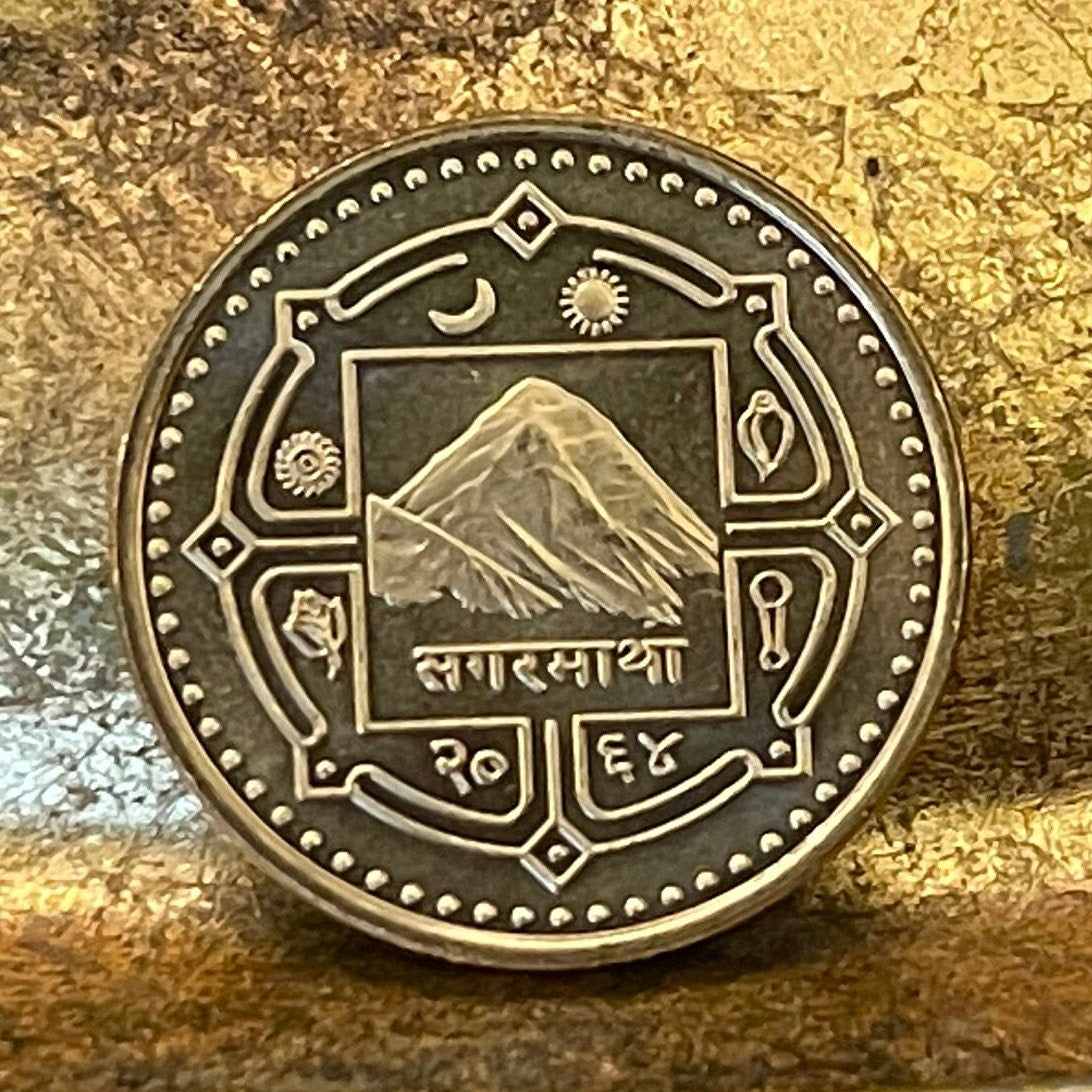
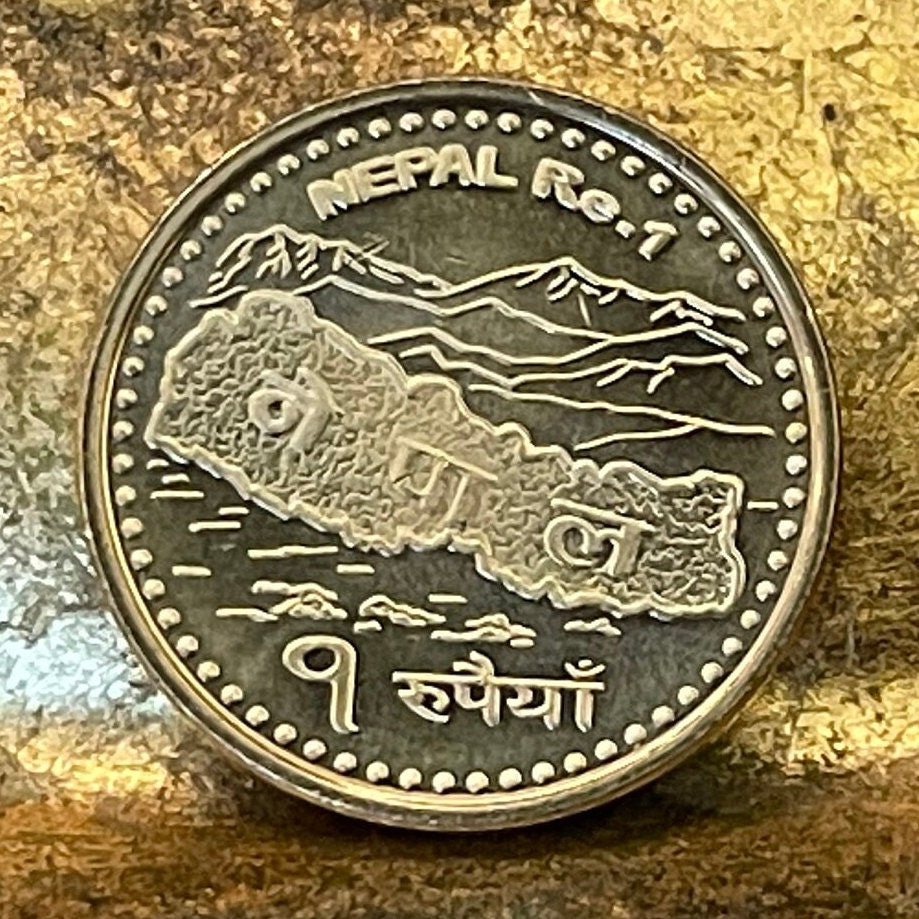
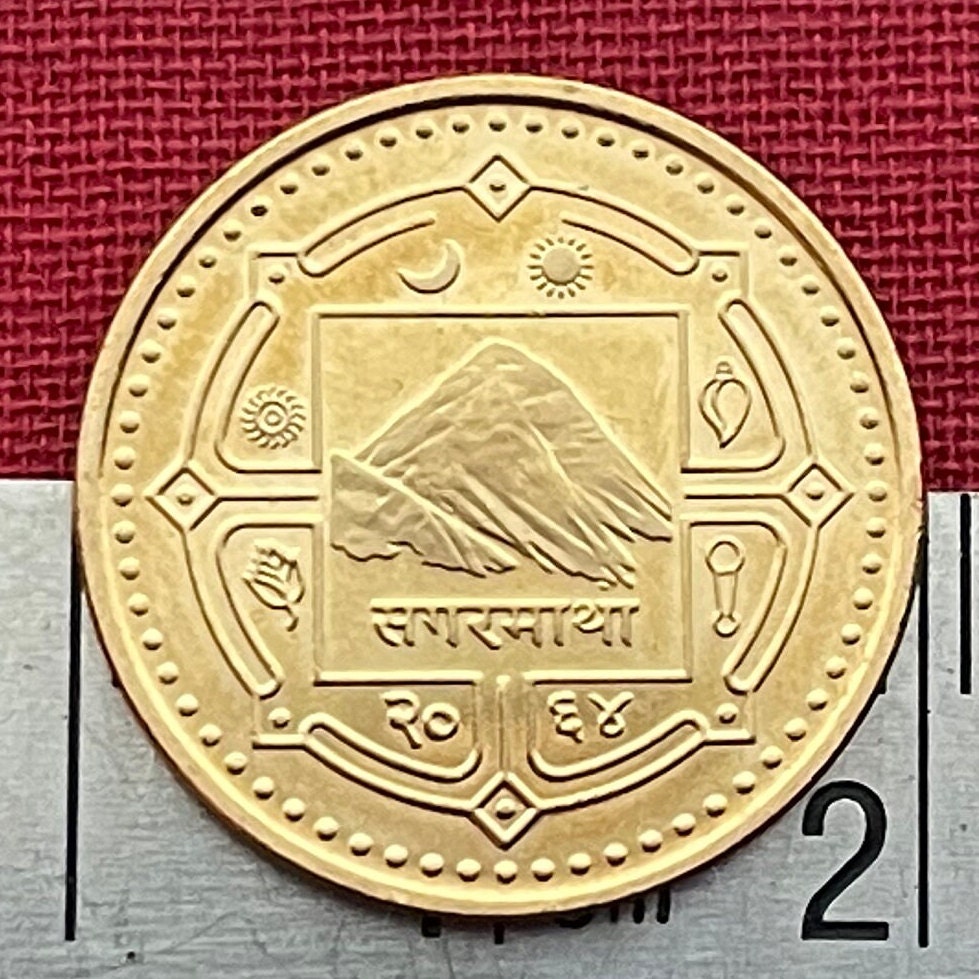
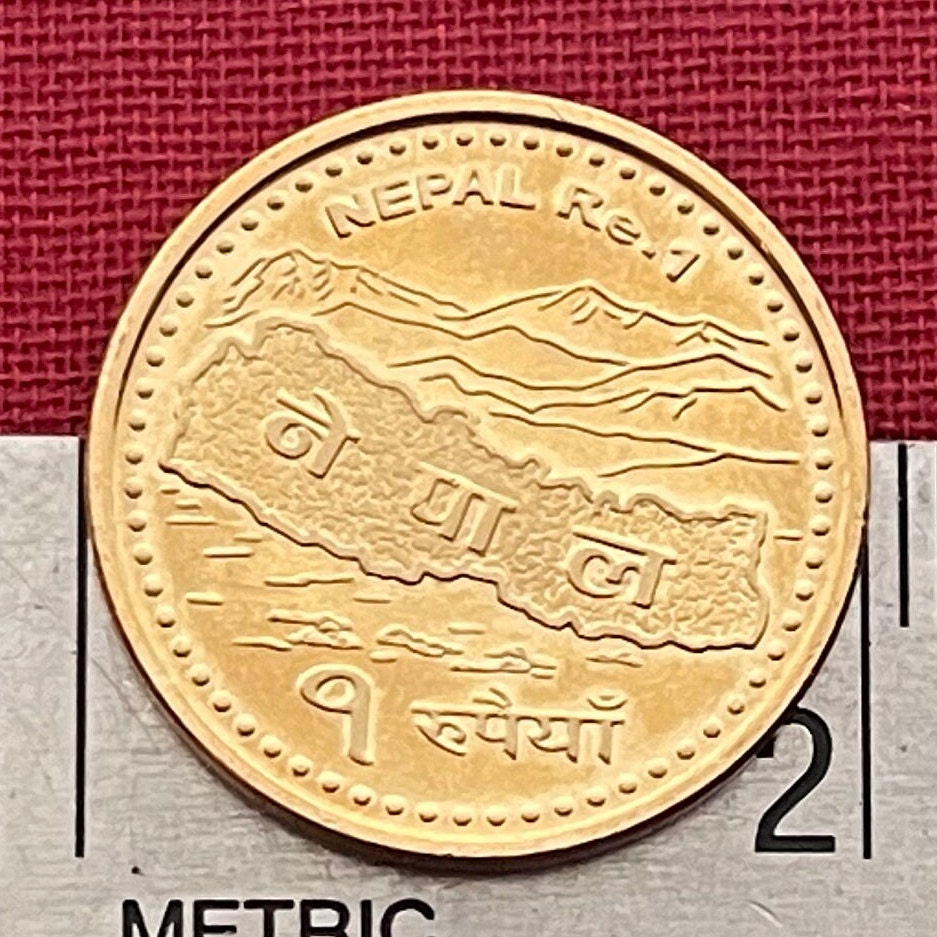
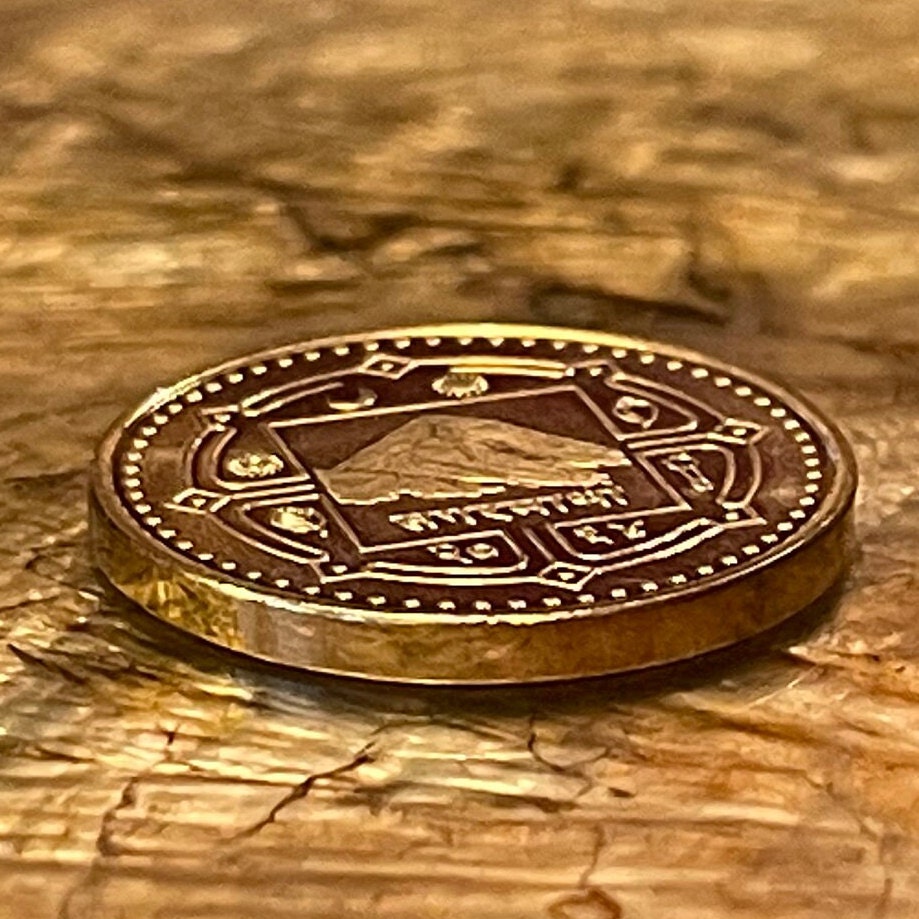
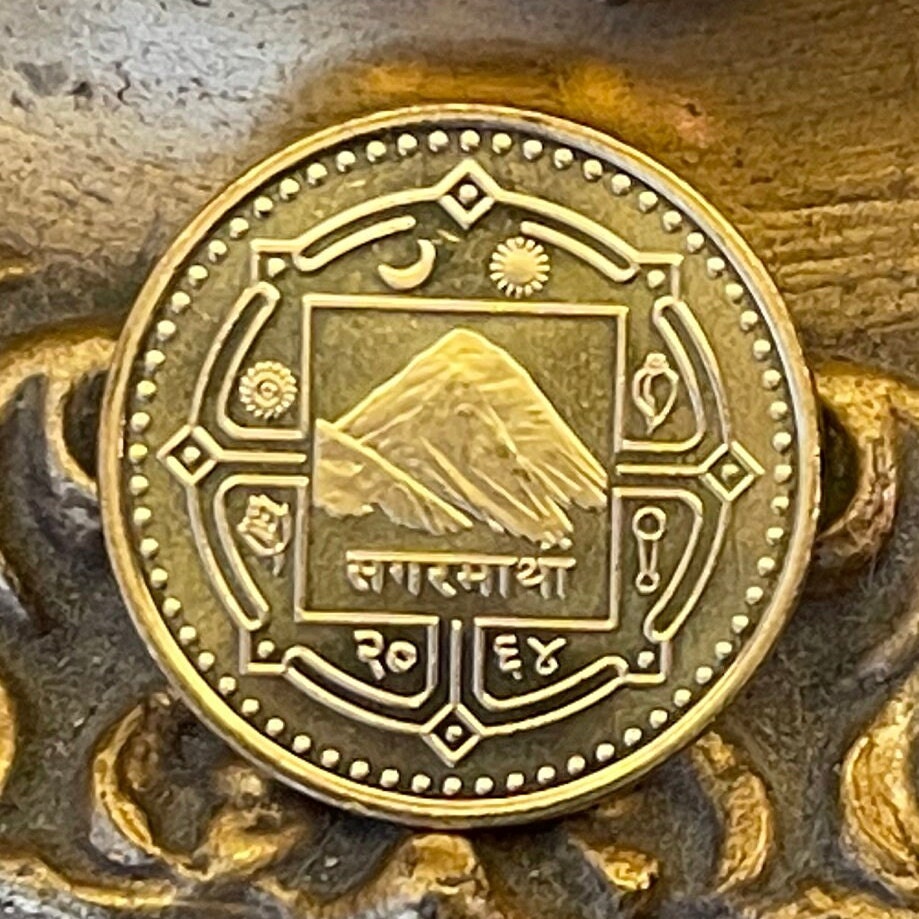
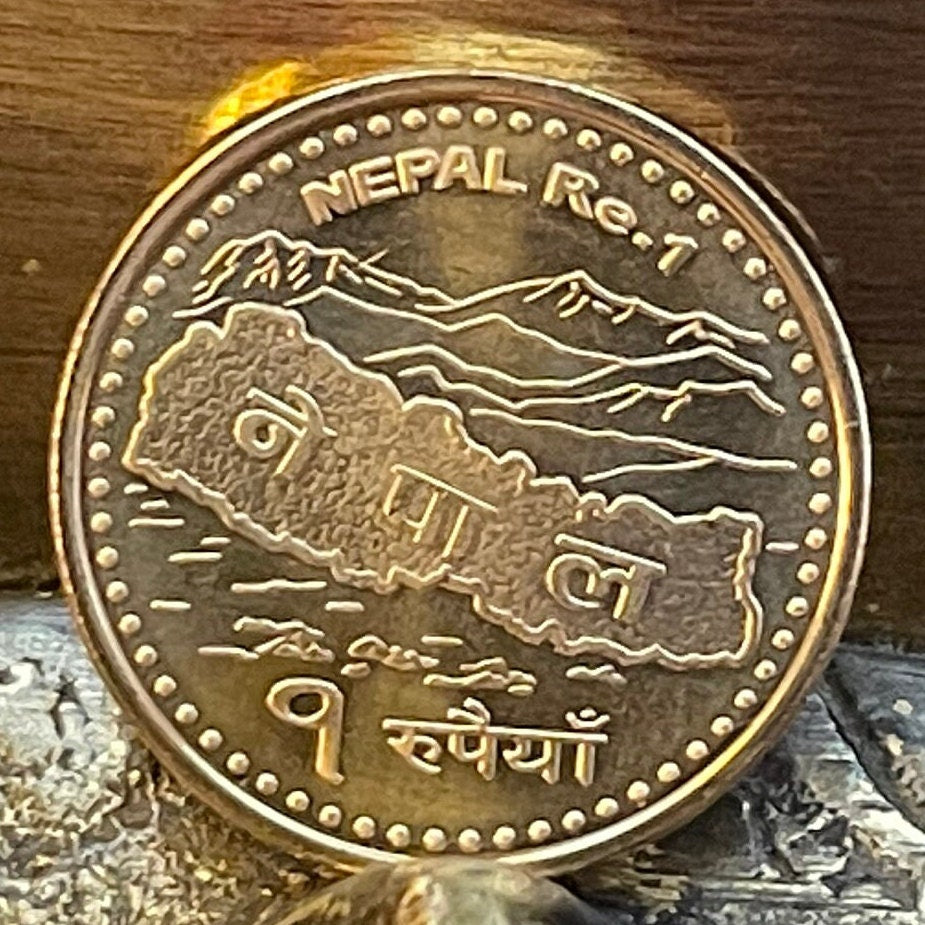
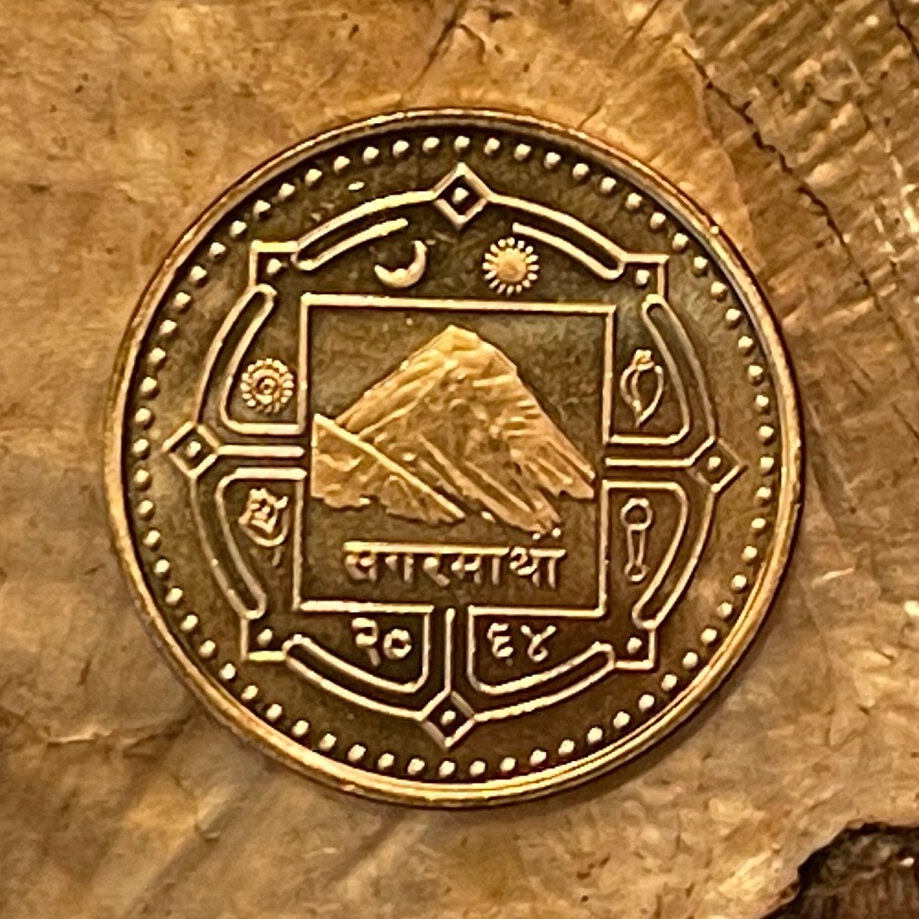
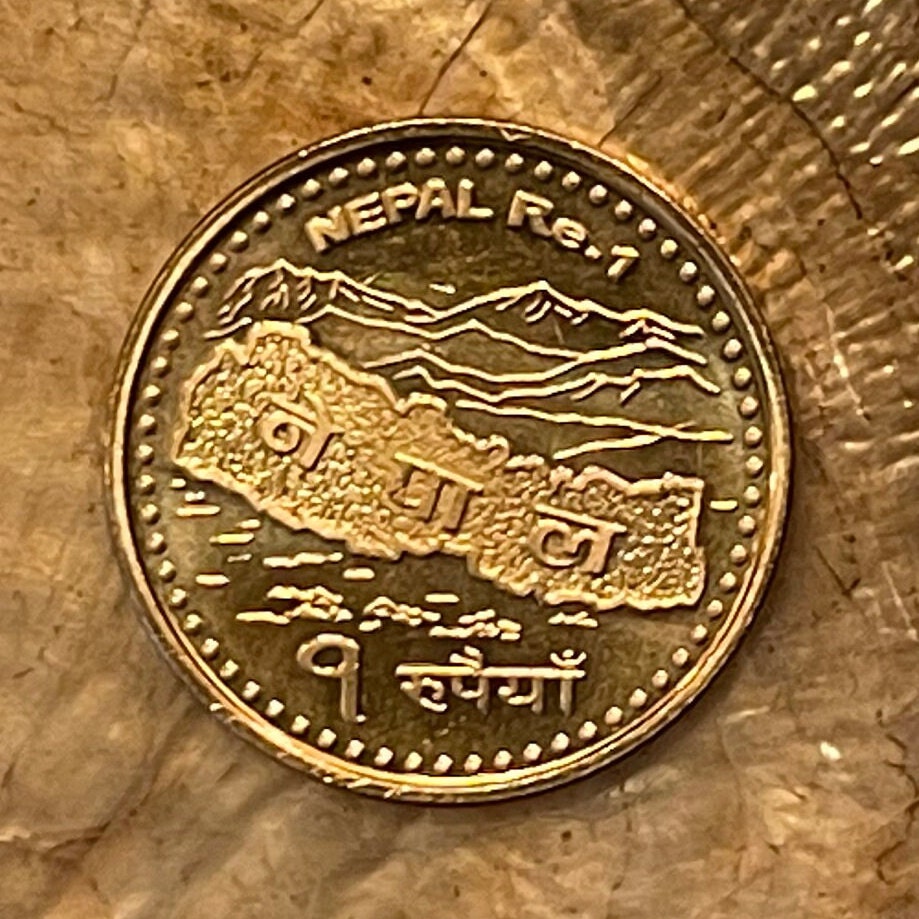
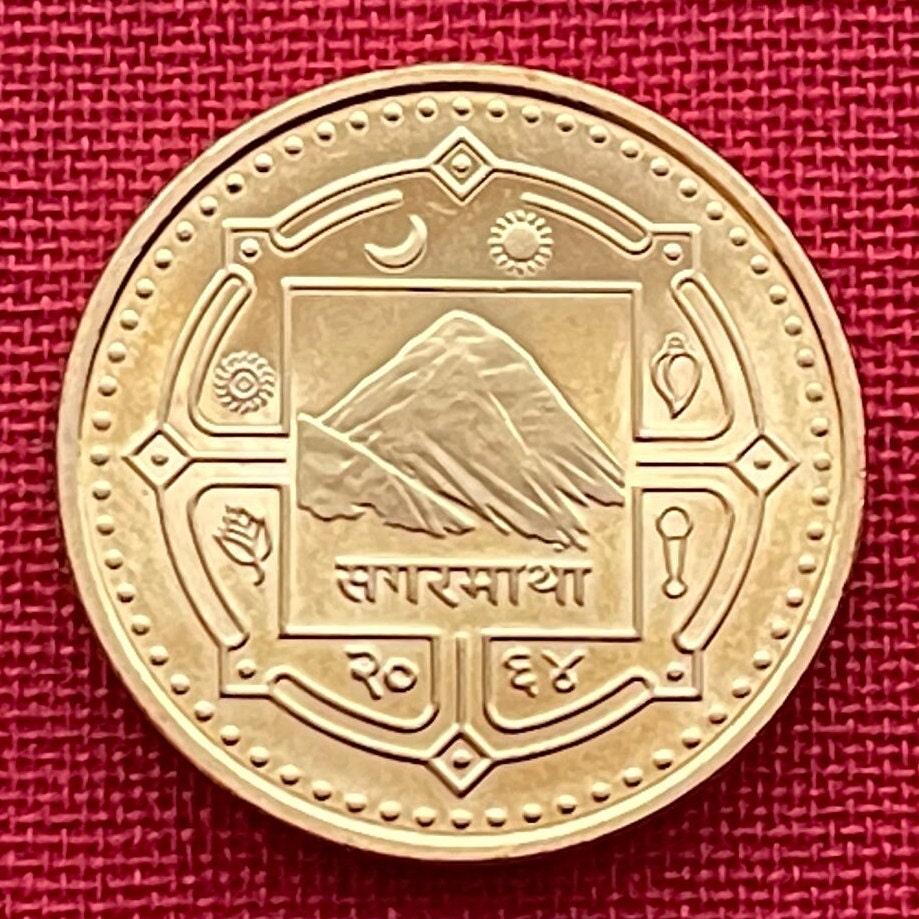
Fast shipping very good coin.
5 stars review from Bryan
I love these coins. 10/10 would buy again.
Perfect gift for a climber.
Absolutely perfect. Coin was brand new.









